
Apple’s latest iPhone SE is being released today, and it’s certainly going to make a big impact on the market, for the simple reason that this is a $399 iPhone. We’ve had the new phone for a mere 24 hours, but we've been able to quickly put the device through its paces, showcasing the biggest differentiating factors for the phone – a device that can be essentially described as an iPhone 8 but with the brains of an iPhone 11.
In that sense, the second-generation iPhone SE is an extremely straightforward device. Externally, there’s very little that exposes it as a 2020 phone, with only the most minute design changes present. Powered by Apple's latest-generation A13 chip however, it’s hiding the strongest internal components in the market right now, easily beating any other device from the competition – at any price point. What’s left to be tested is how the new iPhone SE’s camera holds up, and if there’s any other noticeable differences between it, the iPhone 8, and the iPhone 11 series phones.
| Apple 2019-2020 iPhone Specifications | |||||
| iPhone 11 Pro | iPhone 11 Pro Max | iPhone 11 |
iPhone SE
|
||
| SoC | Apple A13 Bionic 2 × Lightning Performance @ 2.66GHz 4 × Thunder Efficiency @ 1.73GHz |
||||
| GPU | Apple, 4 Cores | ||||
| DRAM | 4GB LPDDR4X | 3GB LPDDR4X | |||
| Display | 5.8-inch OLED 2436×1125 DCI-P3/True Tone 800 cd/m² brightness 2M:1 contrast ratio |
6.5-inch OLED 2688×1242 DCI-P3/True Tone 800 cd/m² brightness 2M:1 contrast ratio |
6.1-inch LCD 1792×828 DCI-P3/True Tone 625 cd/m² brightness 1400:1 contrast ratio - |
4.7-inch LCD 1334×750 DCI-P3/True Tone 625 cd/m² brightness 1400:1 contrast ratio - |
|
| Size | Height | 144.0 mm | 158.0 mm | 150.9 mm | 138.4 mm |
| Width | 71.4 m | 77.8 mm | 75.7 mm | 67.3 mm | |
| Depth | 8.1 mm | 8.1 mm | 8.3 mm | 7.3 mm | |
| Weight | 188 grams | 226 grams | 194 grams | 148 grams | |
| Battery Life | 3046mAh +14.5% capacity |
3969mAh +25% capacity |
3110mAh +5.7% capacity |
1810mAh +0% capacity |
|
| Wireless Charging | Qi | ||||
| Rear Cameras | Main | 12 MP 1.4µm Dual Pixel PD f/1.8, OIS Wide Color Gamut |
12 MP 1.4µm f/1.8, OIS Wide Color Gamut |
||
| Tele- Photo |
12 MP f/2.0 Telephoto, OIS 2x Optical Zoom |
- | - | ||
| Wide | 12MP f/2.4 120° Ultra-wide Angle |
- | |||
| Front Camera | 12MP f/2.2 Wide Angle | 7MP f/2.2 | |||
| Storage | 64 GB 256 GB 512 GB |
64 GB 256 GB 512 GB |
64 GB 128 GB 256 GB |
64 GB 128 GB 256 GB |
|
| I/O | Apple Lightning | ||||
| Wireless (local) | 802.11ax Wi-Fi with MIMO + Bluetooth 5.0 + NFC | ||||
| Cellular | Gigabit-class LTE-A 4x4 MIMO and LAA |
Gigabit-class LTE-A 2x2 MIMO and LAA |
Gigabit-class LTE-A |
||
| Splash, Water, Dust Resistance | IP68 up to 2 meters (Pro models = 4 meters), up to 30 minutes |
IP67 up to 1 meters, up to 30 minutes |
|||
| Dual-SIM | nano-SIM + eSIM | ||||
| Launch Price | 64 GB: $999 / £1049 / 1149€ 256 GB: 512 GB: |
64 GB: $1099 / £1149 / 1249€ 256 GB: 512 GB: |
64 GB: $699 / £729 / 799€ 128 GB: 256 GB: |
64 GB: $399 / £419 / €479 128 GB: 256 GB: |
|
Hardware-wise, the iPhone SE is anything but a budget or middle-range phone. Being powered by Apple’s A13 SoC, the company didn't spare any expense by going for a previous generation chipset, and rather used the latest and greatest they had available. What this means is that performance-wise, the new iPhone SE essentially should be on par with the iPhone 11 series – which in turn means that alongside its siblings, the new SE will be the most powerful mobile phone on the market right now.
As to why Apple chose to do this, I think it’s just a simple matter of projected longevity of the phone. Apple might not be producing previous generation A-series chipsets for much longer whereas the iPhone SE is a new product that will need to be supported (and likely to be produced) for several years into the future. Choosing the A13 here might not be the cheapest option at the very beginning of the phone’s lifetime, but it’s certainly going to pay off long-term when it comes to production as well as support.
Apple gives the iPhone SE 3GB of LPDDR4X RAM – one less GB than the iPhone 11 series, but still significantly more than past iterations of iPhones. Other internal component upgrades are the new cellular modem which is on par with the iPhone 11 series, and the new WiFi 6 combo chip that now also provides Bluetooth 5.0 connectivity.
While I generally prefer black front bezels on smartphones, it’s a so-so choice for the iPhone SE. On one hand it focuses you more on the screen content, however the black is also a lot more a finger-print magnet, and I did think the white iPhone 8 looked quite nice as it was. Holding both phones side-by-side, the back front does feel “older” and less modern than the white variant. I guess it’s a matter of preference.
As for the display, the only difference between the 4.7-inch iPhone SE and the iPhone 8’s own 4.7-inch, 1334 x 750 resolution IPS LCD is the fact that the new screen lacks 3D Touch. Instead, Apple is favoring the new long-press haptics that were introduced in the iPhone 11 series.
From the back, there’s also some very slight design changes. First of all, the new logo is centered, and the “iPhone” marking is gone, compared to the iPhone 8’s back glass design.
Interestingly, the new white design is actually significantly whiter than the iPhone 8’s white on the back glass, it now matches the brighter tone that was previously found on the front bezels. It does allow the white to pop out a lot more and I do prefer this shade.
The only other minuscule difference between the two phones is the fact that the back microphone and bottom speaker’s black mesh has been replaced with a silver one, more closely matching the white theme of the phone.
Size-wise, compared to contemporary phones, the iPhone SE has an outright diminutive stature. Compared to the iPhone X/XS/11 Pro body, which for the last two years has been Apple’s smallest form-factor device, the iPhone SE feels tiny, not only in its dimensions, but also in terms of weight.
The weight difference however does come with one big caveat: the iPhone SE shares the same battery as the iPhone 8, meaning it comes in at a tiny 1810mAh. That’s a huge disadvantage compared to the bigger capacities of the new iPhone 11 series phones, but the iPhone SE is also sporting a very small and very efficient display panel. Apple claims battery life is in line with the iPhone 8 – a claim we’ll verify later in the mini-review.
Overall, it’s been refreshing to use a smaller form-factor phone these days. I have no doubts that a very large part of the potential buyers of the iPhone SE will be those that just aren’t willing to switch to the bigger and heftier devices that have become the norm in the last few years. It’s a dying breed of phones, and the iPhone SE here no doubt is catering both for nostalgia and smaller-form-factor market.
Camera-wise, that’s where we’ll be seeing some quite larger differences between the new iPhone SE and its contemporary siblings. Whilst the A13 and its new ISP will be no doubt upgrading the image processing abilities of the phone, its hardware is still only similar to that of the iPhone 8. Apple here uses the same generation sensor, which means it’s significantly smaller than what’s found on the iPhone 11’s – and of course there’s only one module. We did some quick camera testing and found some differences to the iPhone 8’s capturing ability – some positive but also some negatives, read more in the later section.
Overall, the iPhone SE is taking the physical formula that should be well tested and proven by almost 500 million users out there. It’s certainly not a modern-looking phone, but it remains unique in the market today due to its size and light weight.
Performance-wise, the inclusion of the new A13 chip should essentially blow the iPhone 8 out of the water given it’s two generations newer than the A11. For more details about the A13, please read our in-depth coverage of the chip in our review of the iPhone 11 series.


In the steady-state Javascript web benchmarks, the iPhone SE unsurprisingly matches the newer iPhone 11. In JetStream, the phone even gets a boost here, which might be due to the newer iOS version. I haven’t had the chance to re-test the older iPhones, but I’m certain the scores will level out across the A13 generation devices.

On WebXPRT 3, the iPhone SE did score quite a bit worse than the iPhone 11 phones. This test is more interactive in its workloads and more impacted by DVFS responsiveness, rather than just being a continuous stead-state load. It’s very much possible that Apple has tuned down the DVFS of the chip in order to remain at the more power efficient frequency states for more workloads. I haven’t had the time to update Xcode to run our workload ramp test yet – but it’s something that can be easily verified in a follow-up update on the topic.
Overall Performance
Whilst I haven’t had too much time on the SE, the first impressions of the device are very much that this is just an as good experience as the iPhone 11 series. Much like on the iPhone 11 series, I actually feel that the raw performance of the hardware is actually hampered by the software, for example animations could be much shorter or even disabled in order to improve the user’s experience of speed and responsiveness. In either case, the iPhone SE’s performance is fantastic, and that’s due to the A13 chipset’s raw power.
Real-world GPU Performance of the iPhone SE should be pretty much the best on any mobile device on the market right now. Apple’s A13 already outperformed any other chipset out there in the iPhone 11 series, and the fact that the new SE now comes with an even lower resolution 1334 x 750 means that on-screen performance will be even better than what you’d experience on an iPhone 11.





In all our 3D tests, we see peak performance of the iPhone SE be near that of the other A13-powered iPhones, take a few frames here and there. Sustained performance is also extremely respectable, as the phone keeps up with the 11 series in most tests, which is again very impressive given its much smaller form-factor and correspondingly smaller thermal envelope.
Again, because this is a low-resolution screen, I have doubts users will even find real-world workloads that actually stress the phone enough for it to dip below V-sync limits, meaning when it comes to gaming, it’s going to be a incredibly future-proof phone – as long as you have the battery capacity for gaming.
Compared to the iPhone 8, even though we’re “only” talking about 2 generations difference in the SoCs, the new iPhone SE is essentially double, in some cases more than double, faster than the A11-based counterpart.
As noted in the intro, the camera of the new iPhone SE isn’t all that new. It’s essentially the same generation sensor as found on the iPhone 8. The reason for this likely is due to the fact that Apple was limited by the physical form-factor of the phone, particularly the z-height of the camera module, unable to include any of the newer and bigger generation modules.
What’s also lacking from the iPhone SE are some of the machine-learning features such as night mode and Deep Fusion. I think that’s partly due to the fact that those modes rely on stacking multiple images captures together, and my hypothesis is that Apple was making use of the newer generation’s sensor dedicated DRAM chips to capture very quick consecutive exposures. As these older sensors lack dedicated DRAM, it wouldn’t be possible to capture quick consecutive exposures like that, and the phone wouldn’t be able to guarantee the same level of quality.
Whilst the hardware limits some of the capabilities of the camera, the new A13’s ISP does make up in other areas when it comes to image processing. Here we’re expecting to see some of the same advancements that were also been able to see in the last few generations of iPhones.
For the camera comparison today, due to the time rush and for simplicity’s sake (it’s a single-camera phone after all!), we’re limiting ourselves to the comparison of the iPhone SE vs the iPhone 8 vs the iPhone 11, with the Galaxy S20+ (Exynos) thrown in.
In the first scene, what’s immediately evident is that the exposure and composition of the scene is very different to that of the iPhone 8, more closely resembling that of the iPhone 11. Where this is most visible is on the façade of the white house, whose texture is able to retained a lot more on the newer SE. The SE retains the warm colour temperature that was predominant in past iPhones – I think the iPhone 11 here is a lot more realistic and accurate.
Looking at details of the street and vegetation, there’s quite the odd behaviour going on. The iPhone SE just looks outright blurrier than the iPhone 8 and isn’t able to retain the same level of sharpness in a lot of the scene.
This forest scene is always extremely harsh on cameras due to the sheer amount of detail and high-contrast elements in it. Immediately visible again is that the iPhone SE has a bright exposure and more detail in the shadows than the iPhone 8, showcasing a stronger dynamic range or HDR implementation that’s more similar to the iPhone 11. The colour temperature here is also again a tad warmer on the SE compared to the newer phone.
When it comes to detail, the iPhone SE here isn’t faring well at all as it’s evidently much worse than the iPhone 8. There’s a high amount of blur in the foliage. If you look at the high contrast tree branches near the sky you also see quite a bit of chromatic aberrations. This is a quite worrying tell-tale sign of weak optics of a camera, something is either wrong with the lenses or the phone isn’t correctly focusing.
Here again the iPhone SE shows its much better HDR implementation as it has more levelled highlights as well as slightly more pronounced shadow detail.
The detail loss here is again present, most notably seen in the street and foreground grass. To me it seems the differences are a lot smaller in the centre of the image, which again might point out that this is an optics issue and not a software processing issue.
Here’s a showcase of again the much better HDR implementation of the iPhone SE, matching the composition of that of the iPhone 11 (with again, warmer colours).
Detail-wise it’s again as if the SE is focusing much closer than it should be, with off-centre detail being blurrier.
Also, what’s to be noted is that the iPhone SE camera has the same focal length as that of the iPhone 8 at an equivalent 28mm, versus the iPhone 11’s 26mm. This might not seem like much, but it makes up for quite the difference in the field-of-view of the cameras.
Here I think it’s more evident that the iPhone SE focused closer to the camera than the iPhone 8 when pointing and shooting. Maybe the focus calibration is off?
In the last scene again the first thing that pops out is the fact that the iPhone SE’s HDR is much superior to that of the iPhone 8, the overall composition is again almost identical to that of the iPhone 11.
Detail-wise, the iPhone SE again suffers badly in this shot. The whole bottom-left quarter of the image just looks blurry and notably worse than the iPhone 8, and a far cry from what the iPhone 11 is achieving.
Overall Initial Daylight Impressions
Overall, I was somewhat disappointed with the camera results of the iPhone SE. Whilst Apple here has indeed ported over the better HDR implementations of the newer generation iPhones, there’s still some leftover characteristics from the older phones. The iPhone SE’s color temperature is warmer and more typical of past iPhones, as Apple only more recently had changed this aspect of their cameras.
What’s worrying is the fact that the iPhone SE in the vast majority of scenarios actually fares quite worse in detail than the iPhone 8. To me, this either looks like a focus or optics issue, as the pictures have tell-tale signs of something being wrong in that regard.
We’ve reached out to Apple with our results and are awaiting a response on the matter. The shots were captured on iOS 13.4- I’ve also quickly tested it on today’s 13.4.1 update and the blurriness persists.
Low-Light Impressions
I’ve didn’t have time for a more extensive outdoors low-light testing, but in my limited indoor testing I noted that the new iPhone SE’s low-light capabilities are massively superior to that of the iPhone 8. While the resulting pictures are quite noisy, they still retail a lot of detail of the scene whereas the iPhone 8 remains a blur. It’s a respectable result for the phone given its hardware and software limitations.
The screen of the iPhone SE shouldn’t be much different to that of the iPhone 8. It’s still an LCD IPS display, but it’s also one of the best on the market, even though the resolution is quite low.
We move on to the display calibration and fundamental display measurements of the iPhone SE screen. As always, we thank X-Rite and SpecraCal, as our measurements are performed with an X-Rite i1Pro 2 spectrophotometer, with the exception of black levels which are measured with an i1Display Pro colorimeter. Data is collected and examined using Portrait Display's CalMAN software.

In terms of brightness, the iPhone SE comes in at a maximum of 675 nits, which is in line with Apple’s previous generation LCD devices. It’s not quite as bright as the OLED iPhone 11’s and this can be noticeable in bright daylight, but it’s otherwise a very acceptable result.
In terms of greyscale calibration, minus a gamma that’s slightly too high and by a bit off with slightly darker tones, the color accuracy of the iPhone SE is dead-on. Whites come in at 6492K is almost perfect, and in general the color error is below a dEITP of 1.
Saturation calibration is also extremely good, with only a quite larger overshoot towards the higher saturation reds.
In the GMB test, the display is incredibly accurate with a color error of only 0.99 dEITP, only slightly worsened by the very slightly off gamma and darker tones for a total of 2.12 dEITP.
Overall, the iPhone SE’s display is in line with what we’ve seen on the iPhone 8. It’s amongst the best LCD screens in the market, even though by now it’s been outpaced in terms of brightness output and evidently resolution.
In terms of battery life, the iPhone SE is said to perform similarly to the iPhone 8. Apple here employs a much newer and more efficient SoC in the form of the A13, while retaining the same battery capacity and display panel as the older phone. In essence, what we’re testing here is merely Apple’s calibration of the iPhone SE’s A13 chip in terms of its performance vs energy usage. Naturally of course, the new SE will have a more efficient cellular and WiFi chip as well which will contribute to the efficiency of the device.

In our web browsing test that we were able to run overnight, the iPhone SE confirms Apple’s claims of it matching the iPhone 8, and we’re essentially getting near identical results at 10.7h vs 10.4h, only a few minutes apart difference between the two devices.
We had noted in our iPhone 11 review that Apple’s battery life marketing claims oddly matched the results in our web test, and this again is the case for the new iPhone SE.
Whilst the iPhone SE isn’t able to match the longevity of the iPhone 11’s, it’s still a reasonably good result considering the battery capacity and size of the phone.
The iPhone SE’s video recording is also taking advantage of the new power of the A13, notably improving the quality of the stream captured.
The biggest differences between the new iPhone SE and the iPhone 8 is the much-improved dynamic range of the video, as the new HDR implementation vastly surpasses the video quality we’ve seen on the older phone.
What’s also new the EIS that’s a lot more evident in the iPhone SE – actually I find it quite too evident as there’s some very noticeable judder and loss of detail every time the EIS repositions itself. There’s also some evident frame warping going on when the EIS tries to stabilize for tilt of the frame – the video here isn’t nearly as steady as the much superior OIS of the iPhone 11.
Lastly, the audio of the iPhone SE is again leagues ahead of the iPhone 8 simply due to the fact that this is now a stereo recording phone rather than mono. Clarity of the audio however again doesn’t quite match what the iPhone 11 is able to record.
This very much has been a light-speed review for a phone that at the time of writing I’ve only received 23 hours ago now, but the iPhone SE is also a phone which many of us should actually be plenty familiar with.
There’s no doubt that Apple's choice of recycling the iPhone 8 design and housing is related to achieving the super low $399 cost of the iPhone SE. This is a manufacturing chain that has been pumping out hundreds of millions of these phones over the years and I imagine that re-using that machinery very much helps the affordability of the phone.
It’s a very familiar design, but it’s certainly no longer a modern one. Besides the actual price of the phone, I can imagine that for some the biggest selling point of the phone is that it’s so a small device compared to other contemporary options. Particularly for people attached to the iPhone and iOS ecosystem, the iPhone SE is the only option going forward if you’re after a small form-factor phone.
The iPhone SE’s display is in line with that of the iPhone 8, meaning it’s an excellent LCD panel with outstandingly good color calibration, although it’s no longer keeping up in terms of brightness and resolution with newer generation OLED phones.
Performance of the iPhone SE is arguably the very best part of the phone, and Apple’s choice to go with the new A13 chipset is an outright disruptive move in the $399 sector. In essence, Apple’s lowest-end phone right now outperforms all other Android flagships on the market, painting quite the stark contrast of the competitive situation of the silicon playing-field.
However camera performance of the iPhone SE was the biggest question mark for the phone, and it’s somewhat of a mixed bag in terms of the results. In daylight pictures, there’s much better HDR and dynamic range characteristics and Apple here is mostly able to match the compositions of the iPhone 11. Meanwhile color temperature is still warmer, similar to previous generation iPhones. But the biggest issue is in terms of detail retention, where the new iPhone SE more often than not performs worse than the iPhone 8. We’re not sure why this is but I’m strongly suspecting weaker optics on the new phone.
Low-light capture, whilst not explicitly tested in this piece today, is significantly improved for the new iPhone SE, massively upgrading the quality of shots compared to the iPhone 8. Whilst it doesn’t quite match the low-light ability of the iPhone 11 series, it’s a very respectable performer here given the lack of computational photography.
Overall, at the end of the day what the new 2020 iPhone SE represents is a $399 iPhone – and that’s a selling point all by itself. It’s a significantly better device than the now discontinued iPhone 8, for a cheaper price. You’re getting the best performance of any mobile device out there on the market – and the compromises in the screen, battery life and cameras are reasonable given the price of the phone.
https://news.google.com/__i/rss/rd/articles/CBMiWmh0dHBzOi8vd3d3LmFuYW5kdGVjaC5jb20vc2hvdy8xNTc0NS90aGUtaXBob25lLXNlLTIwMjAtcXVpY2stcmV2aWV3LXJlaW52aWdvcmF0ZWQtY2xhc3NpY9IBAA?oc=5
2020-04-24 11:30:00Z
52780746268715
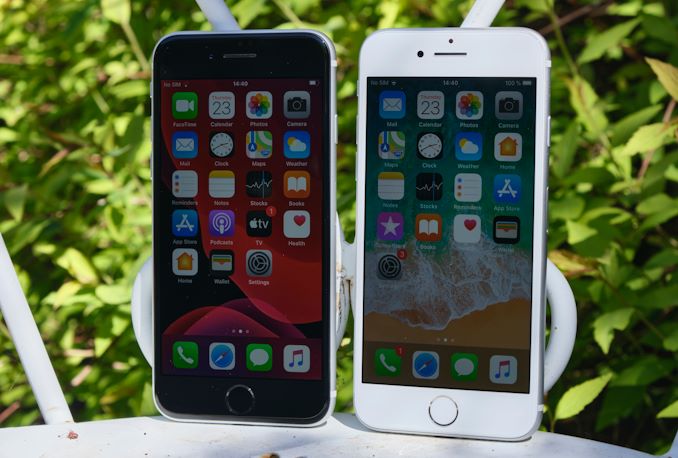
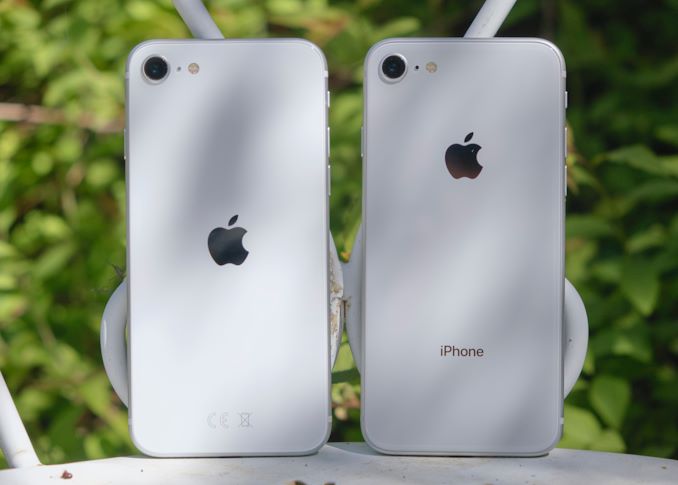
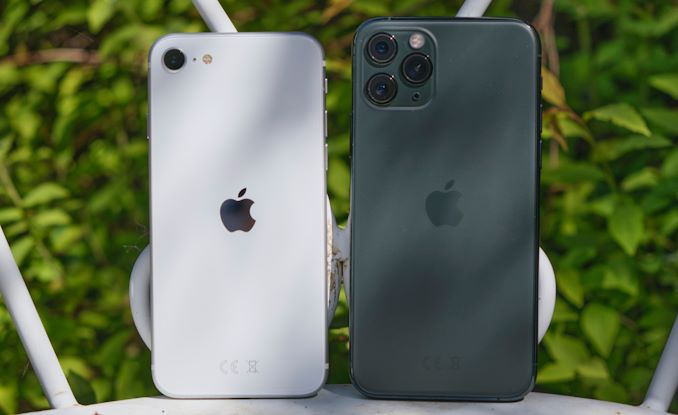
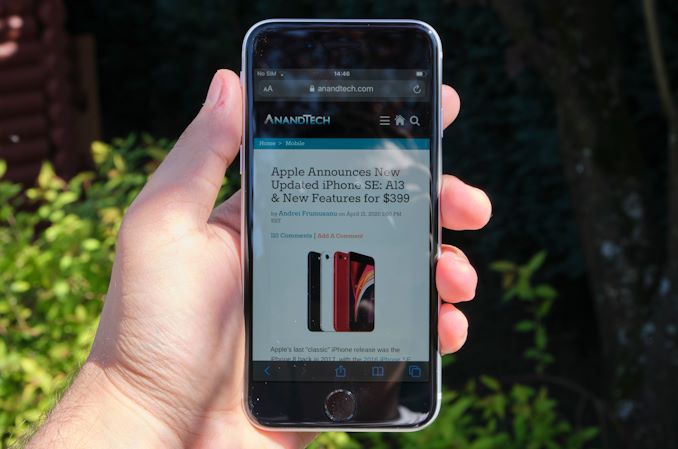
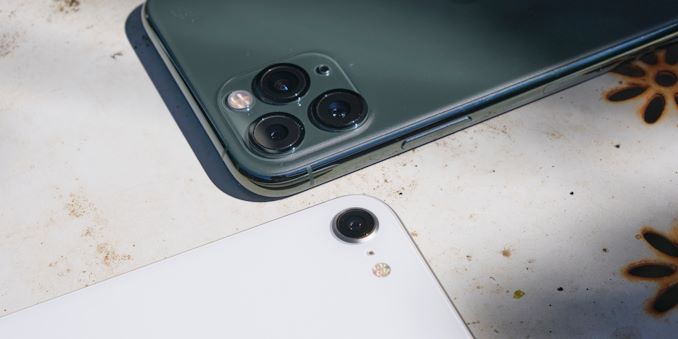
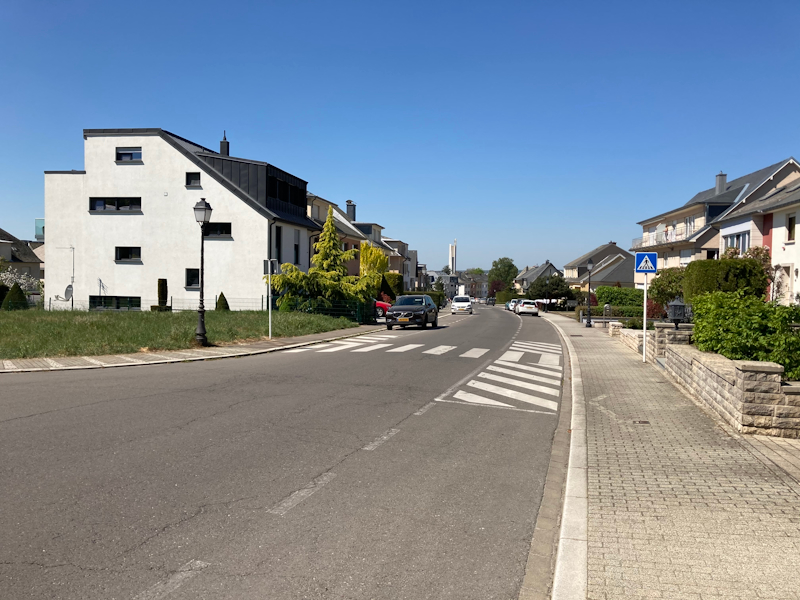
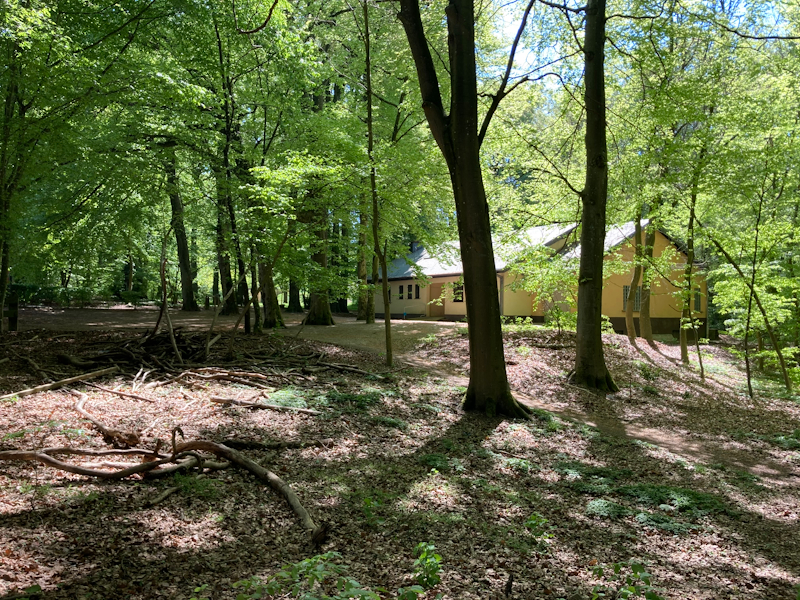
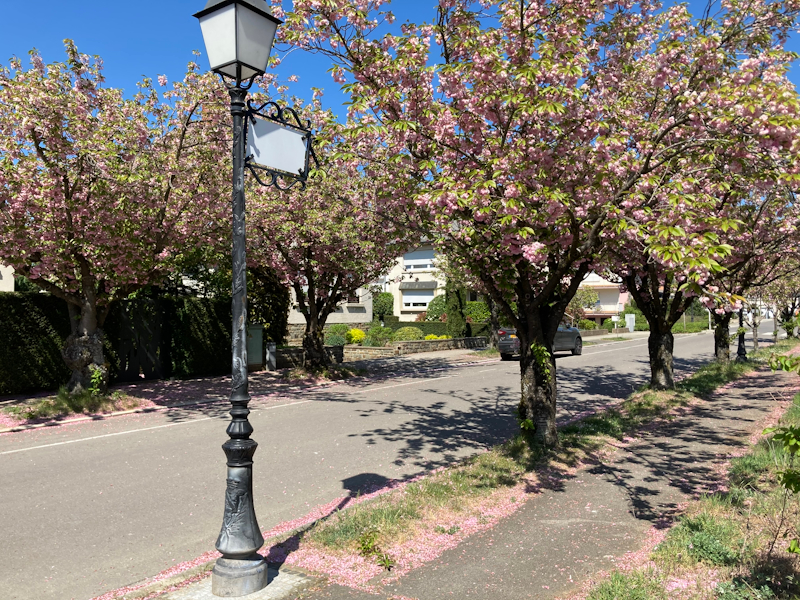
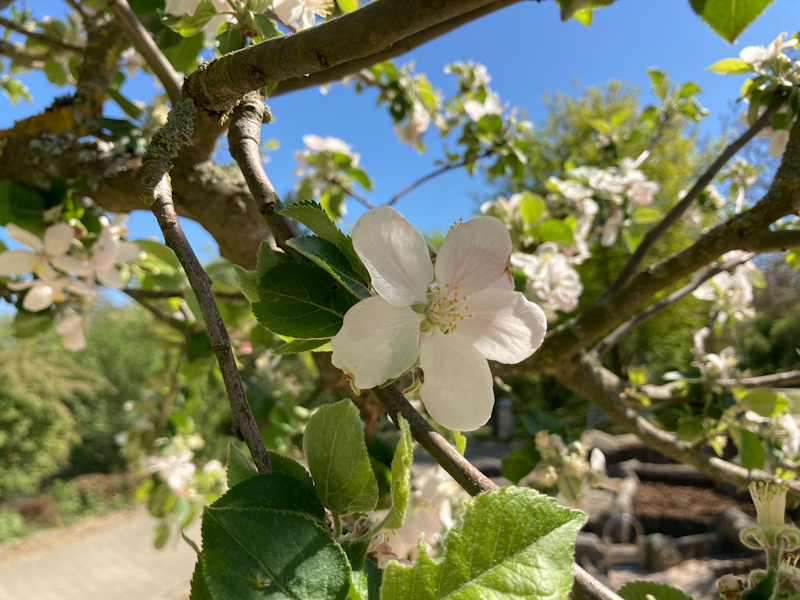
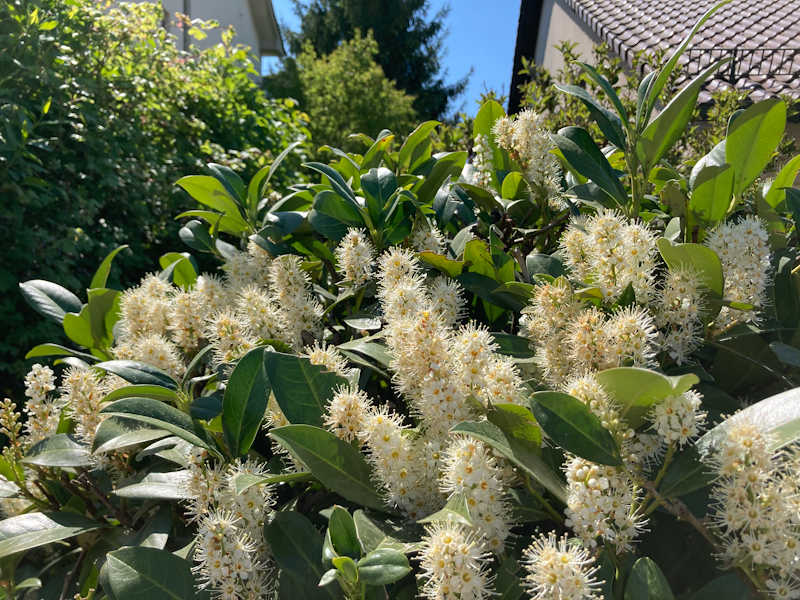
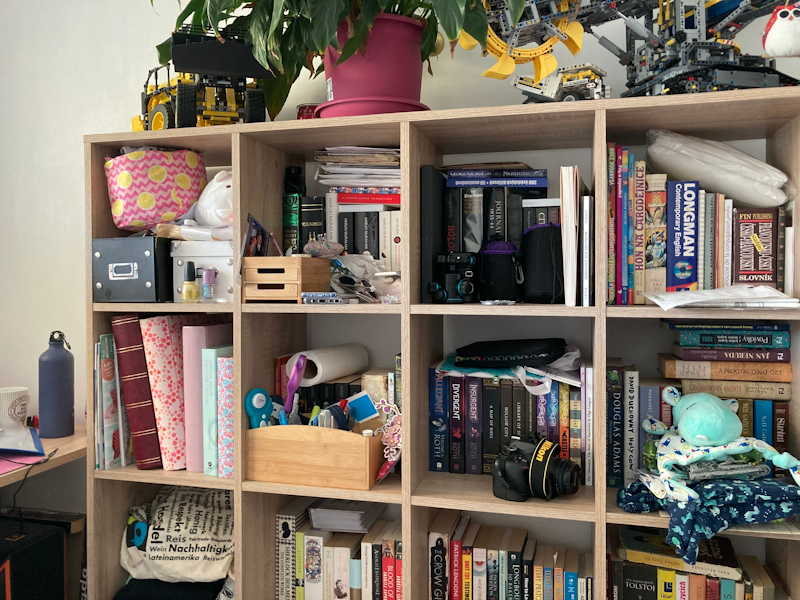
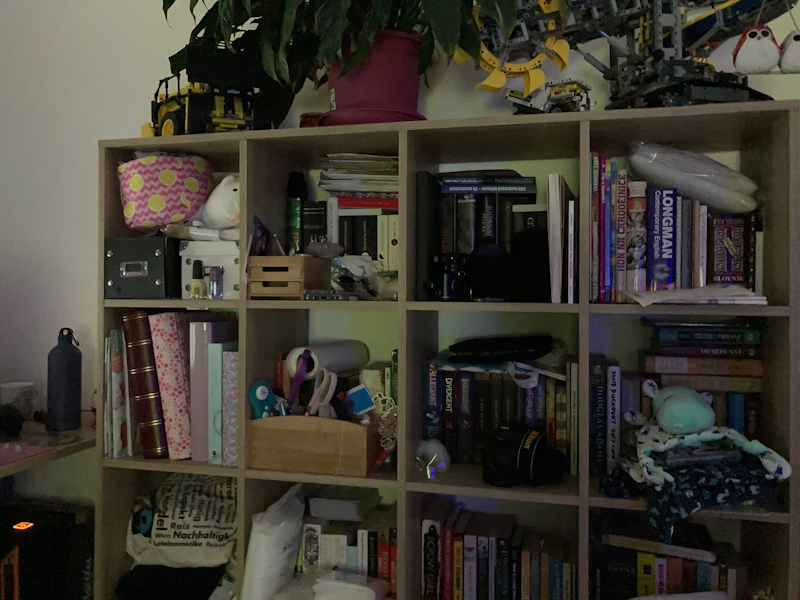

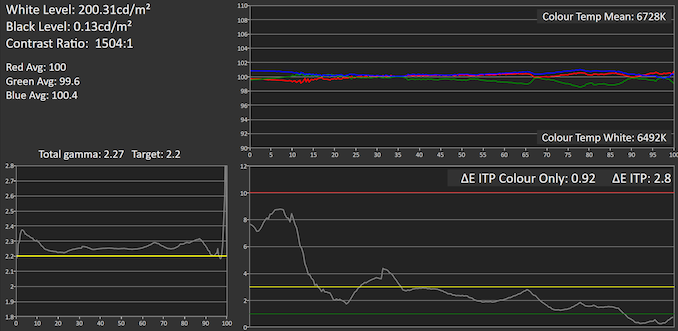




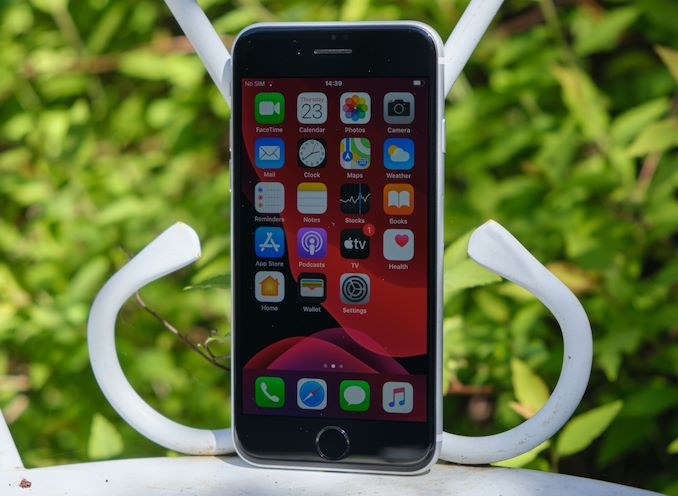
Tidak ada komentar:
Posting Komentar